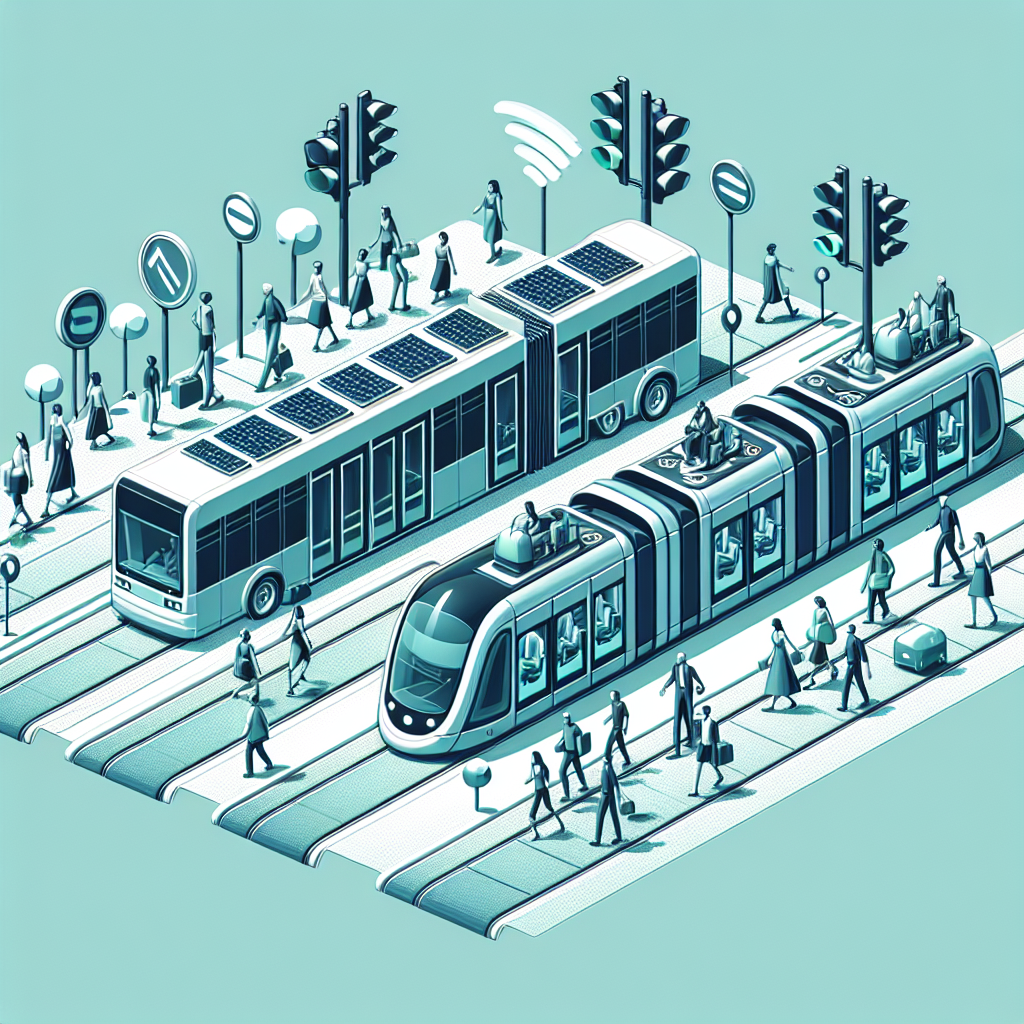Artificial Intelligence (AI) is revolutionizing the transportation industry by improving efficiency and safety in public transit systems. With the increasing demand for faster, more reliable, and environmentally friendly transportation options, AI technologies are being implemented to enhance the overall passenger experience and optimize the operations of public transit systems.
One of the key areas where AI is making a significant impact in transportation is in predictive maintenance. By using advanced algorithms and machine learning techniques, public transit agencies are able to predict when components of their vehicles or infrastructure are likely to fail, allowing them to proactively address maintenance issues before they become serious problems. This not only helps to reduce the frequency of breakdowns and delays, but also lowers maintenance costs and extends the lifespan of vehicles and infrastructure.
AI is also being used to optimize the routing and scheduling of public transit systems. By analyzing data on passenger demand, traffic patterns, and weather conditions, AI algorithms can generate more efficient and reliable schedules for buses, trains, and other modes of transportation. This helps to reduce overcrowding, minimize wait times, and improve the overall efficiency of public transit services.
In addition to improving efficiency, AI is also enhancing safety in public transit systems. For example, AI-powered video surveillance systems can monitor stations and vehicles in real-time, detecting potential security threats and alerting authorities to take action. AI technologies can also be used to analyze traffic data and identify high-risk areas where accidents are more likely to occur, allowing public transit agencies to implement targeted safety measures to reduce the risk of collisions and injuries.
Furthermore, AI is helping to provide a more personalized and convenient experience for passengers. For example, AI-powered chatbots can assist passengers with trip planning, ticket purchasing, and real-time updates on service disruptions. AI algorithms can also analyze passenger data to provide personalized recommendations on the best routes and modes of transportation based on individual preferences and past travel behavior.
Overall, the development of AI in transportation is leading to more efficient, reliable, and safe public transit systems that better meet the needs of passengers and help to alleviate traffic congestion and reduce environmental impact. As AI technologies continue to advance, the future of public transportation holds even more promise for improvement and innovation.
FAQs:
Q: How does AI improve efficiency in public transit systems?
A: AI technologies can optimize maintenance schedules, route planning, and scheduling to reduce delays, overcrowding, and maintenance costs.
Q: How does AI enhance safety in public transit systems?
A: AI-powered surveillance systems can monitor for security threats, while AI algorithms can analyze traffic data to identify high-risk areas and implement targeted safety measures.
Q: How does AI provide a more personalized experience for passengers?
A: AI-powered chatbots can assist passengers with trip planning and ticket purchasing, while AI algorithms can analyze passenger data to provide personalized recommendations on the best routes and modes of transportation.
Q: What are some examples of AI applications in public transit?
A: Predictive maintenance, route optimization, video surveillance, chatbots, and personalized recommendations are some of the key AI applications in public transit systems.
Q: How will AI continue to impact the future of public transportation?
A: AI technologies will likely continue to advance and innovate, leading to even more efficient, reliable, and safe public transit systems that better meet the needs of passengers and reduce environmental impact.

